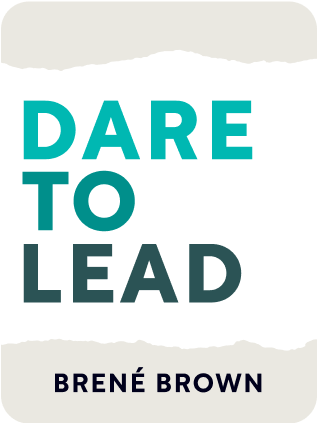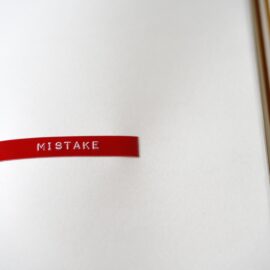

This article is an excerpt from the Shortform book guide to "Dare to Lead" by Brené Brown. Shortform has the world's best summaries and analyses of books you should be reading.
Like this article? Sign up for a free trial here .
Why is clarifying your values important? What is the problem with having too many values?
Clarifying your values will ensure you have a blueprint to serve as a guide when taking risks and making tough decisions. You should settle on just two values. It will be difficult for you to commit when you have too many values. They will only become meaningless feel-good words.
Read on to learn more about the importance of having clear personal values.
Choosing & Clarifying Your Values
As a leader, your first step should be to make sure that you’ve clarified your own values—these will be your guide in making tough decisions, taking risks, and showing your team how to face vulnerability. When choosing and clarifying your values, consider what your innermost self holds most important in life. Your values should be so defined and clear that acting in line with them doesn’t feel like a conscious choice—they’re simply who you are.
The tricky part of choosing and clarifying your values is that you need to narrow down to just two core values. If you have too many values, they become meaningless feel-good words, rather than principles that guide your behaviors and intent, and that fuel your ability to commit to things you hold important. For example, “family” may not be one of your two values, but “connection” is. Therefore, connection is at the center of how you make decisions about and within your family. Because possible values are so varied—understanding, wealth, gratitude, recognition, career, joy, diversity, growth—it might be easiest for you to first cut down to ten values that you feel are important, and then narrow down to two from there.
(Shortform note: there are many “value lists” online that can help you with exploring the full range of possible values and finding those that you identify with most.)
Be careful to choose values that you truly identify with. Don’t choose your values based on who other people want you to be (“You should work on your patience”), or choose values that have been assigned to you (“I taught you that family is the most important thing”).
After clarifying your values, make sure you are regularly practicing them. To help with this, you can make a set of guidelines for each of your values. This is a rubric that you can check in with occasionally, to make sure that you are acting with integrity and that your actions represent who you really are. For each value, think:
- What are several behaviors that support this value?
- What are behaviors that I would consider to be outside this value?
- Can I think of a particular moment of integrity, when I was especially living my values?
Before clarifying your values to your team members, realize that there’s no separation between your “personal values” and your “professional values”—your values are your innermost guide, regardless of setting. However, it’s possible that your values won’t necessarily be aligned with your organization’s values. If both sides have clarified values, these different value sets can navigate one another, rather than be at odds with one another. For example, your value of “accountability” isn’t the same as your organization’s value of “collaboration,” but by continually holding yourself accountable for mistakes, you make for a healthier collaborative setting.

———End of Preview———
Like what you just read? Read the rest of the world's best book summary and analysis of Brené Brown's "Dare to Lead" at Shortform .
Here's what you'll find in our full Dare to Lead summary :
- A breakdown of the four courage-building skills that make up brave leadership
- The three reasons why most people avoid vulnerability
- How to recover and move on quickly from failure






